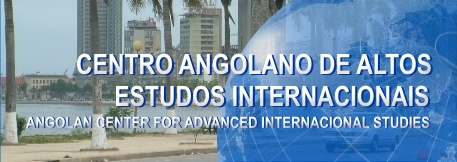![]()
|
|
 |
|
|
|
|
|
|
|
|
|
|
Luanda |
Bengo |
Benguela |
Cabinda |
Kuanza Sul |
Namibe |
Huíla |
Zaire
|
Uíge |
Huambo |
Kuanza Norte |
Kuando Kubango |
Bíe |
Lunda Sul |
Lunda
Norte | Malange |
Moxico |
Cunene |
THE PROVINCE
OF UÍGE
OUT OF THE WOODS Before Africa was parcelled up and divided among European powers during the Berlin Conference in 1884, Uige was part of the Kongo Kingdom, which encompassed not only northern Angola, but also Congo-Brazzaville and the Democratic Republic of Congo and shares the mineral wealth of its southern Shaba province, especially in cobalt and copper.
But war and mismanagement led to the collapse of coffee production after independence, with exports sinking to about one tenth of their former volume. Dense rainforest covers much of Uige and the forest is already being exploited haphazardly for tropical hardwoods. Investment opportunities in this area are significant, especially as the local government is actively seeking funding, and incentives are being offered as part of the central government’s new code of foreign investment. During the height of the civil war, many people were driven off the land. But since the Lusaka Peace accord in 1994, the area has become far more stable. Uige is now hoping to achieve self-sufficiency in food production, and with adequate investment, coffee production could take off once more.
|
Natural Attractions Zambeziaco guineenses: Marquesia Berlinia, Daniellia etc.
Cultural Tourism |
|
|